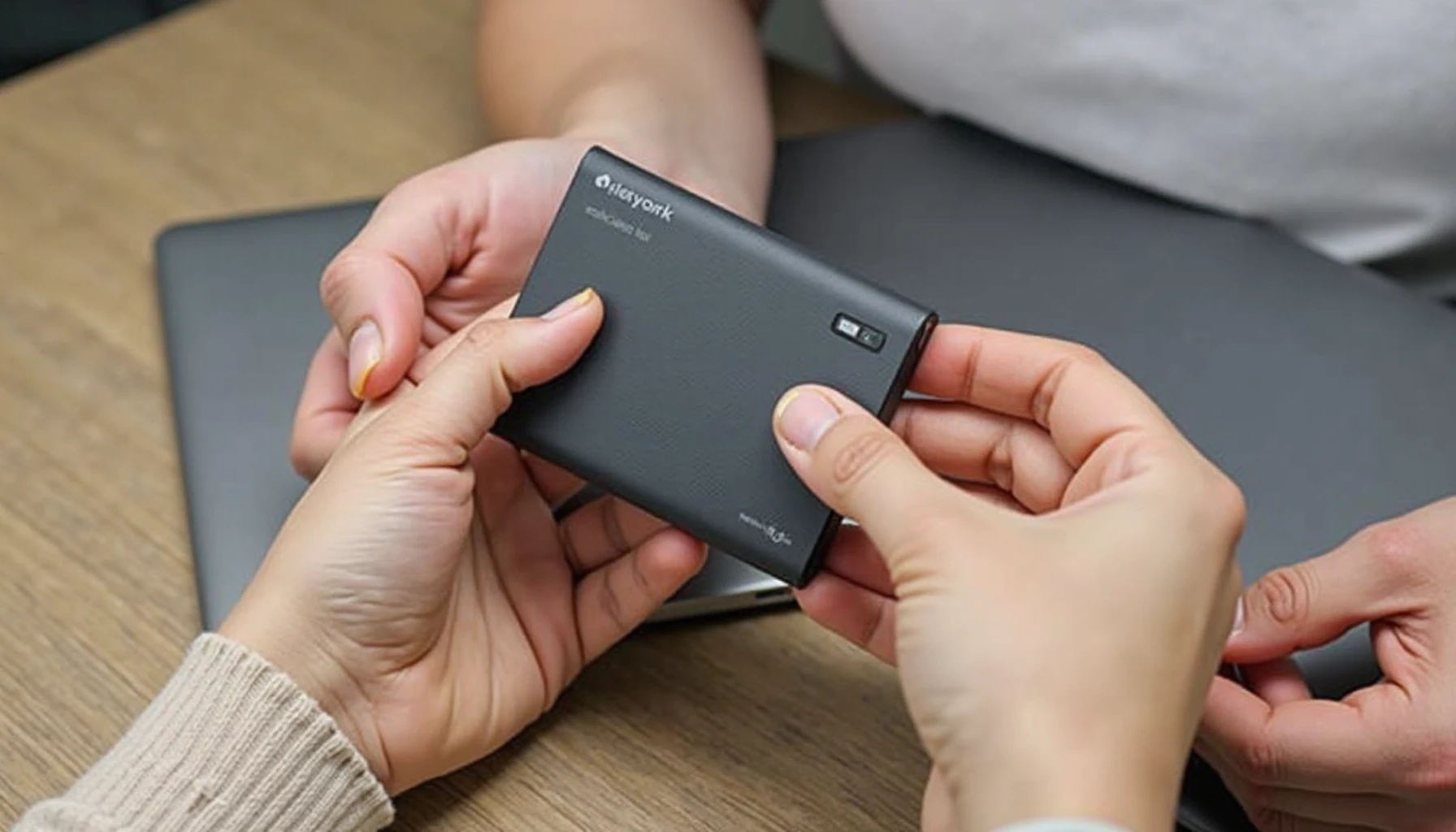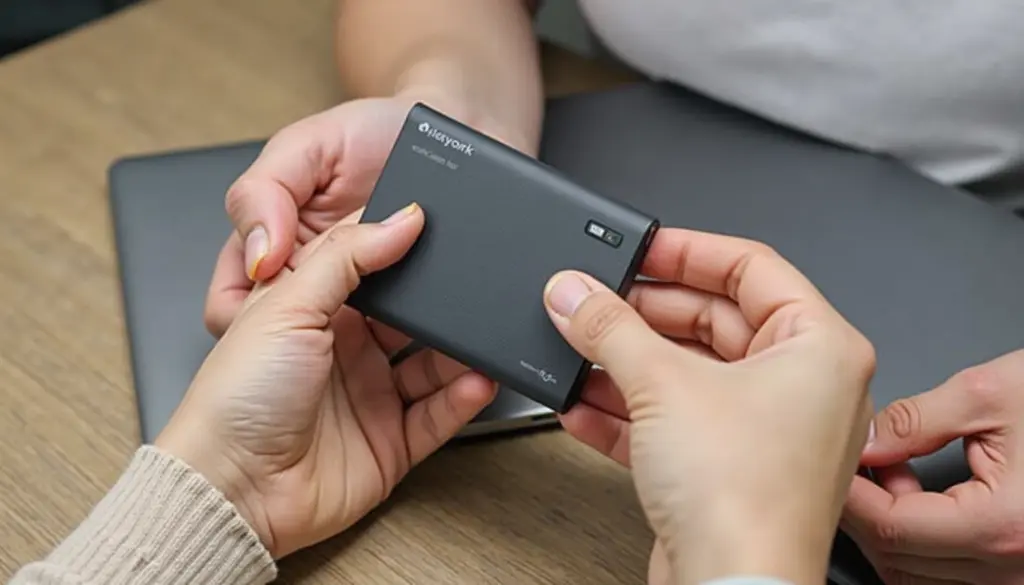Understanding Hardware Wallets
With over 5.6 billion cryptocurrency owners worldwide, only a small fraction understand how to securely store their assets. What is a hardware wallet, and why should you consider using one? These devices store your private keys offline, making them less susceptible to hacking. This guide will walk you through how to use hardware wallets and keep your crypto safe.
Step 1: Choosing the Right Hardware Wallet
When selecting a hardware wallet, consider these popular options:
- Ledger Nano X: Highly recommended for its Bluetooth capability, making it accessible for mobile users.
- Trezor Model T: Known for its large touchscreen and user-friendly interface.
- SafePal S1: A budget-friendly option that offers reliable security features.
Always conduct thorough research on the manufacturer, their security measures, and customer reviews before making a decision.

Step 2: Setting Up Your Hardware Wallet
After acquiring your hardware wallet, follow these steps:
- Download the official wallet software from the manufacturer’s website.
- Connect your hardware wallet to your computer or smartphone.
- Set up a strong password and write down your recovery phrase. Never share your recovery phrase!
This setup ensures that only you can access your cryptocurrency and helps you recover it if you lose your device.
Step 3: Transferring Cryptocurrency to Your Wallet
Once your wallet is set up, you can transfer your cryptocurrencies:
- Open your wallet software and find your wallet address.
- Go to your exchange account and select the option to withdraw funds.
- Paste your hardware wallet address and confirm the transaction.
Always double-check that the address is correct. A single mistake could result in the permanent loss of your funds.
Step 4: Safeguarding Your Wallet
To maximize the security of your investment:
- Store your hardware wallet in a safe location.
- Enable two-factor authentication on your associated exchange accounts.
- Keep your software updated to guard against vulnerabilities.
According to a recent report by Chainalysis, vulnerabilities in software can lead to a 30% increase in hacking attempts.
Conclusion: Take Control of Your Cryptocurrency
Using a hardware wallet is one of the safest methods for storing your cryptocurrency. By following the guidelines above, you can ensure that your assets are well-protected. Don’t wait—start securing your investments today!
For more tips on safe cryptocurrency storage, consider downloading our comprehensive security guide at hibt.com.
